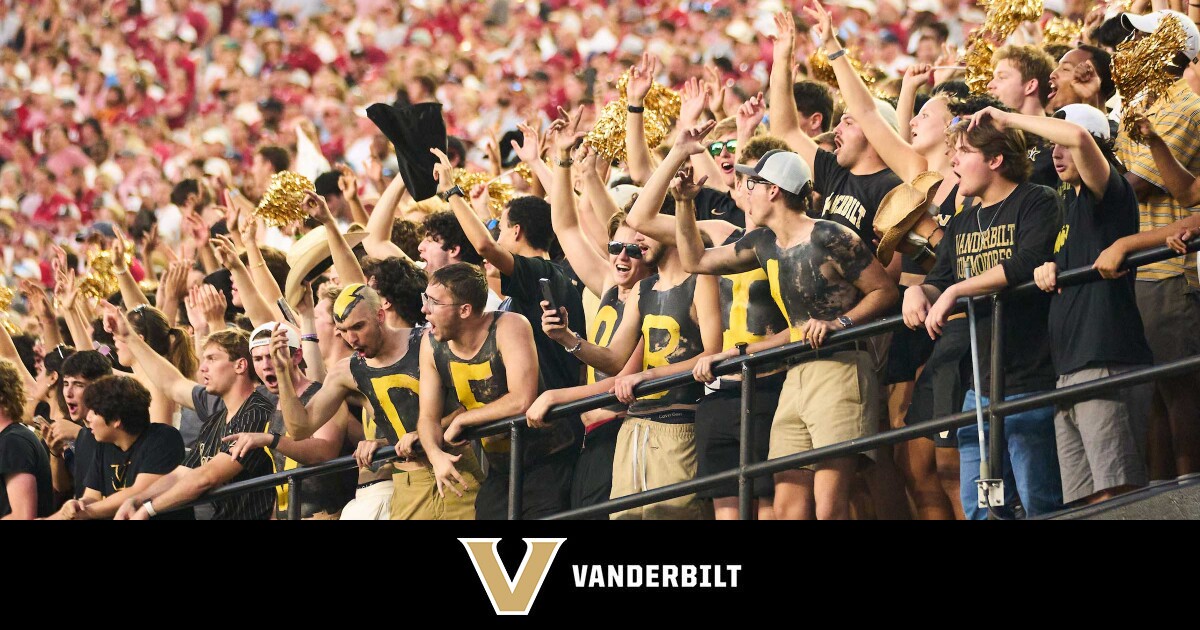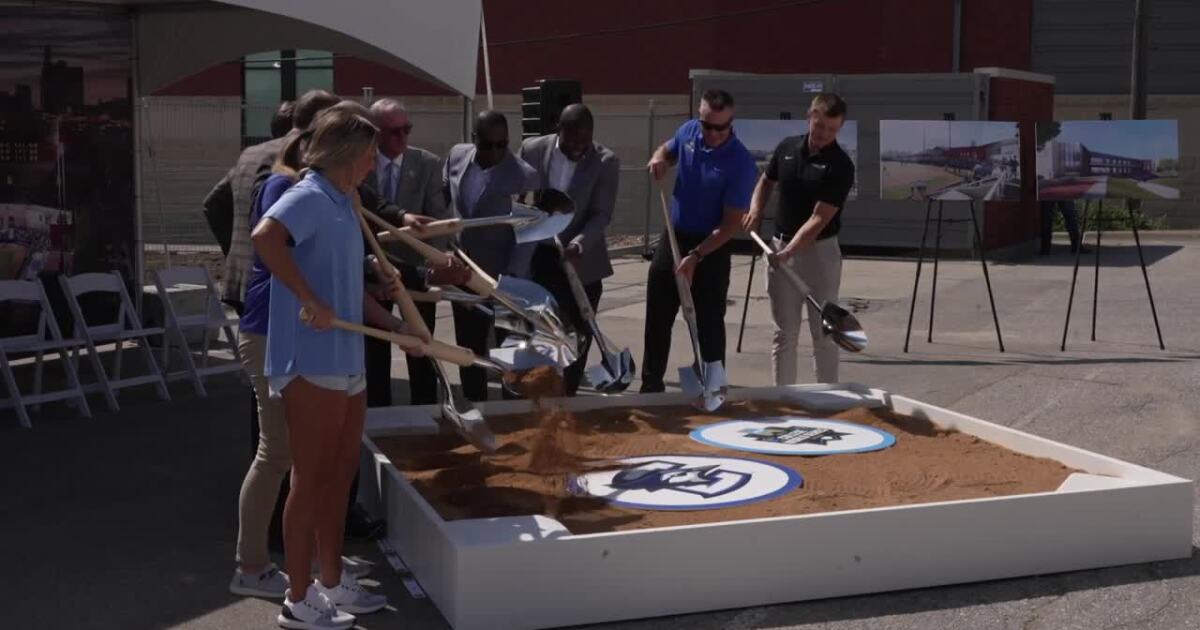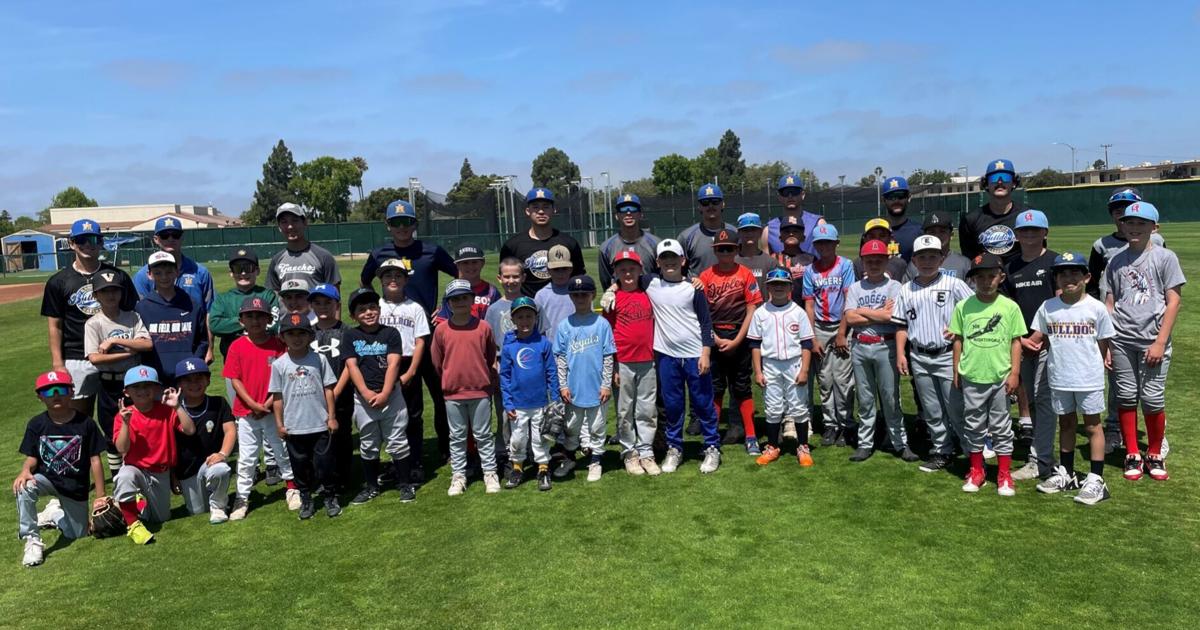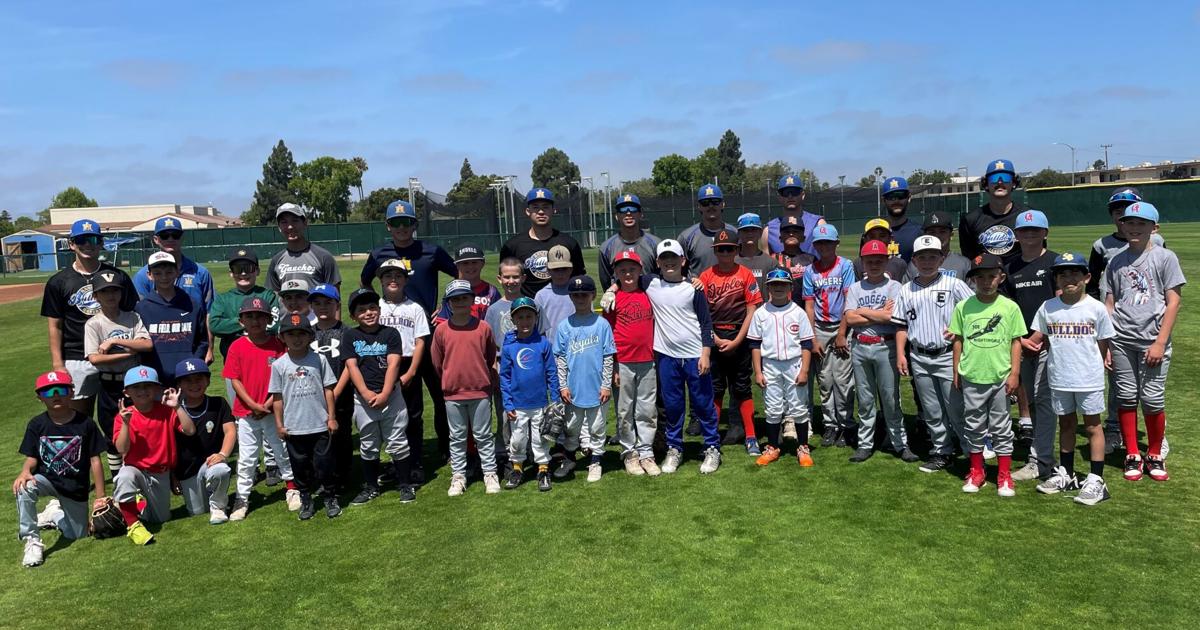Sport is a powerful platform for driving social change. We have witnessed athletes stepping beyond the lines of the field to use their voices and influence to bring awareness to issues that truly matter. From calls for racial justice to advocacy for gender equality, the sports world has served as a podium for broader sociocultural conversations.
A once hushed-about topic, athlete mental health has taken center stage in recent years. During the Tokyo Olympic Games in 2021, fans witnessed Simone Biles, widely considered the greatest gymnast of all time, withdraw from several events to prioritize her mental health and well-being. And back in 2018, NBA player Kevin Love experienced a panic attack during a basketball game. Love shared personal details of his experience with The Players’ Tribune and stated, “For 29 years, I thought about mental health as someone else’s problem.” Problems are only problems if we view them as problems.
In a world where the stigma surrounding mental health can prevent meaningful conversations, many athletes have embraced the narrative. The walls are starting to come down.
Athletes have long been expected to model strength, resilience, and mental toughness — qualities that challenge the vulnerability needed to address mental health conversations. But athletes are humans, too. Like all of us, they experience mental health challenges — whether it be general stress, anxiety, depression or burnout. As fans, we might assume athletes are immune to the pressures of mental health because they are so exceptionally gifted. They can physically perform and compete at levels we cannot, and they have access to specialized training and skilled practitioners. How is it possible for them to struggle?
What we see on the outside does not always match what is happening inside.
We have no clue what others are experiencing – and that applies to athletes and non-athletes. Social media has only widened this gap, because we see bits and pieces of a person’s life and we might think we have an understanding of how good they have it. But that is the thing about mental health – people often suffer in silence, full of fear and anxiety of what others might think.
When athletes use their platform to bring awareness to mental health challenges, it humanizes the experience. It reminds the world that nobody is immune to feelings of anxiety and sadness, overwhelming pressure, and self-doubt. As athletes continue to speak openly about mental health, they encourage others to prioritize their own well-being. This open dialogue is not only helping athletes, but also influencing the general public to engage in the conversation. If some of the toughest and physically strongest people in the world can prioritize their mental wellness, why shouldn’t we?
The visibility of athletes advocating for mental health support has had a domino effect on important systemic changes in sport. Many professional sports leagues require teams to employ mental health professionals in support of athletes. We have also seen this initiative trickle down to collegiate sports. Nearly a decade ago, the NCAA released a guide for mental health best practices among member institutions. These guidelines include resources for schools, rooted in science and research, to better support athletes while navigating challenges associated with collegiate sports. Youth sport is also doing their part, with the Aspen Institute’s Project Play team providing helpful guides for parents and coaches to model and encourage healthy sport environments. The TrueSport organization is also a smart leader in this space.
I am certainly not claiming that athletes and sports organizations have solved the mental health crisis. There is still so much work to be done, but we are trending in the right direction. As I type this column, golfer Jordan Spieth is playing his way through a PGA tournament while wearing a green mental health awareness ribbon on his hat. So yes, the narrative is shifting. We are talking about what we once never talked about.
As we celebrate Mental Health Awareness Month, I challenge you to run a play from the mental health playbook and provide yourself with a little self-care and increased awareness. Write in a journal. Take a walk without your phone and savor the sunshine on your face, the budding flowers. Enjoy dinner with your family and discuss things you are grateful for (this exercise is not just for Thanksgiving Day!). Play a card game with your kids. Be present. Say something nice about yourself. Give someone grace.
Carry on.
Jess Lapachinski is an athletic administrator and sport performance professional who lives in the Pioneer Valley. Jess can be reached at jl.victoryLap@gmail.com





























































